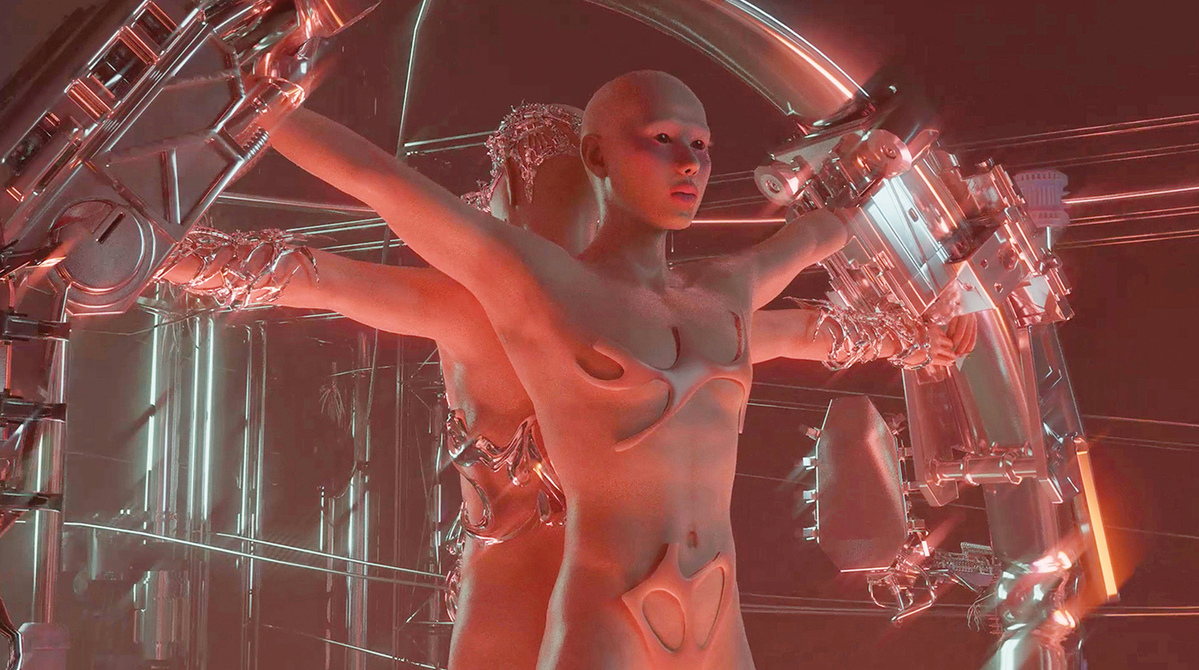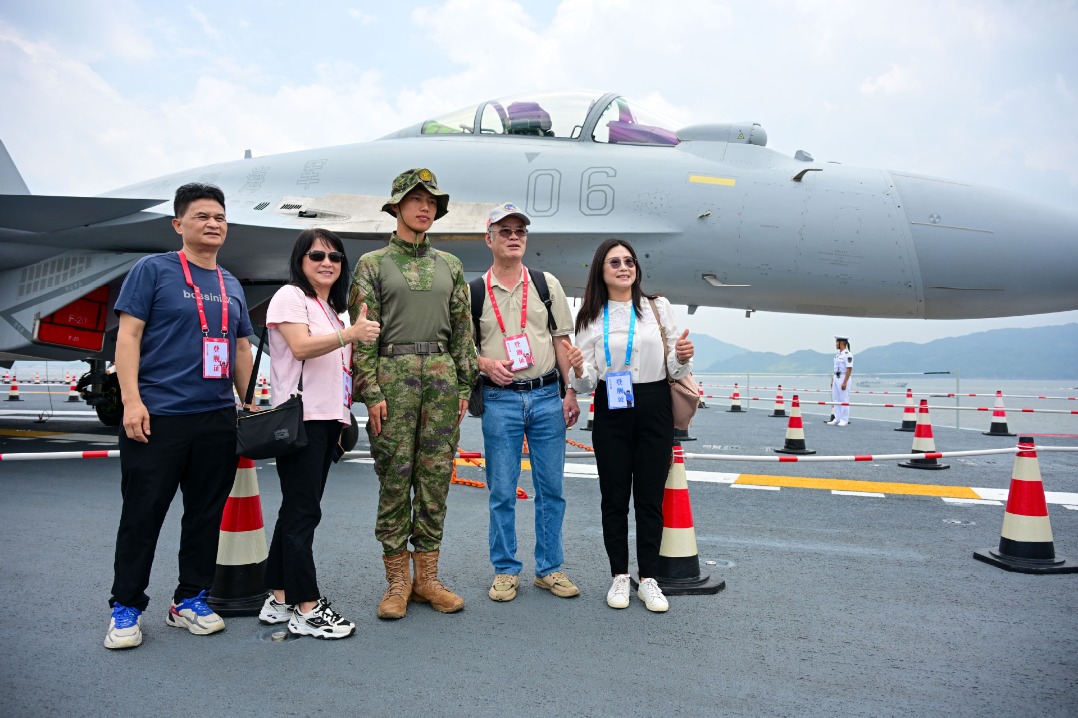Through a new lens


Of machines and minds
In (Post) Human Anatomy, some artists use a completely different set of apparatus to portray the passage of time and its impact on the human body.
In Y-Hatcher's Body Rubbings, surgical instruments pinned to the wall alternate with extreme close-ups of what looks like human skin bearing the imprint of those same instruments. Lin Yuxin, on the other hand, pictures the human spine as a stacked column of crumpled iron sheets in Rusty Body. From time to time, a piece of these decaying "vertebrae" falls off the motorized installation. Both Body Rubbings and Rusty Body draw attention to the impact of modern-day lifestyles on the human body - be it subjecting it to invasive surgical procedures, and not always out of necessity, or sitting at one's desk at a stretch for far longer than is recommended in medical science.
"Long before we started exploring the idea of human-machine hybrids, our reliance on technology had caused us to unconsciously cede certain functions performed by our bodies to machines," says co-curator Yu. "Therefore, when we swipe our fingers on a screen, drive a car, or wear virtual-reality glasses, it can be seen as a gradual process of de-humanization or othering of our bodies."
While phones serving as prosthetic extensions of our hands is part of our present reality and an irreversible process, a number of works in (Post) Human Anatomy seem to be contesting the idea that in a bionic age - and we're probably already living in one - emotions matter less and less.























